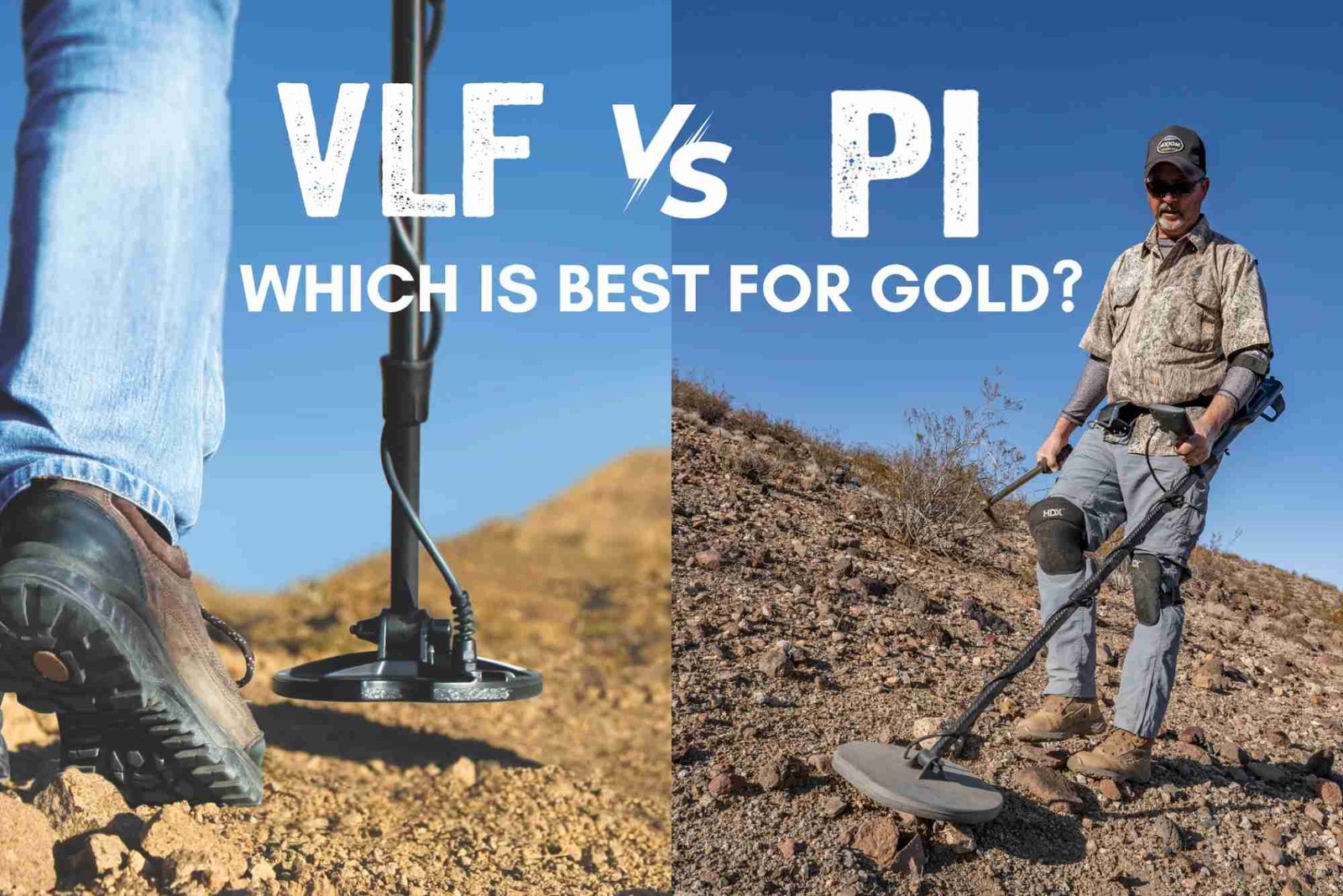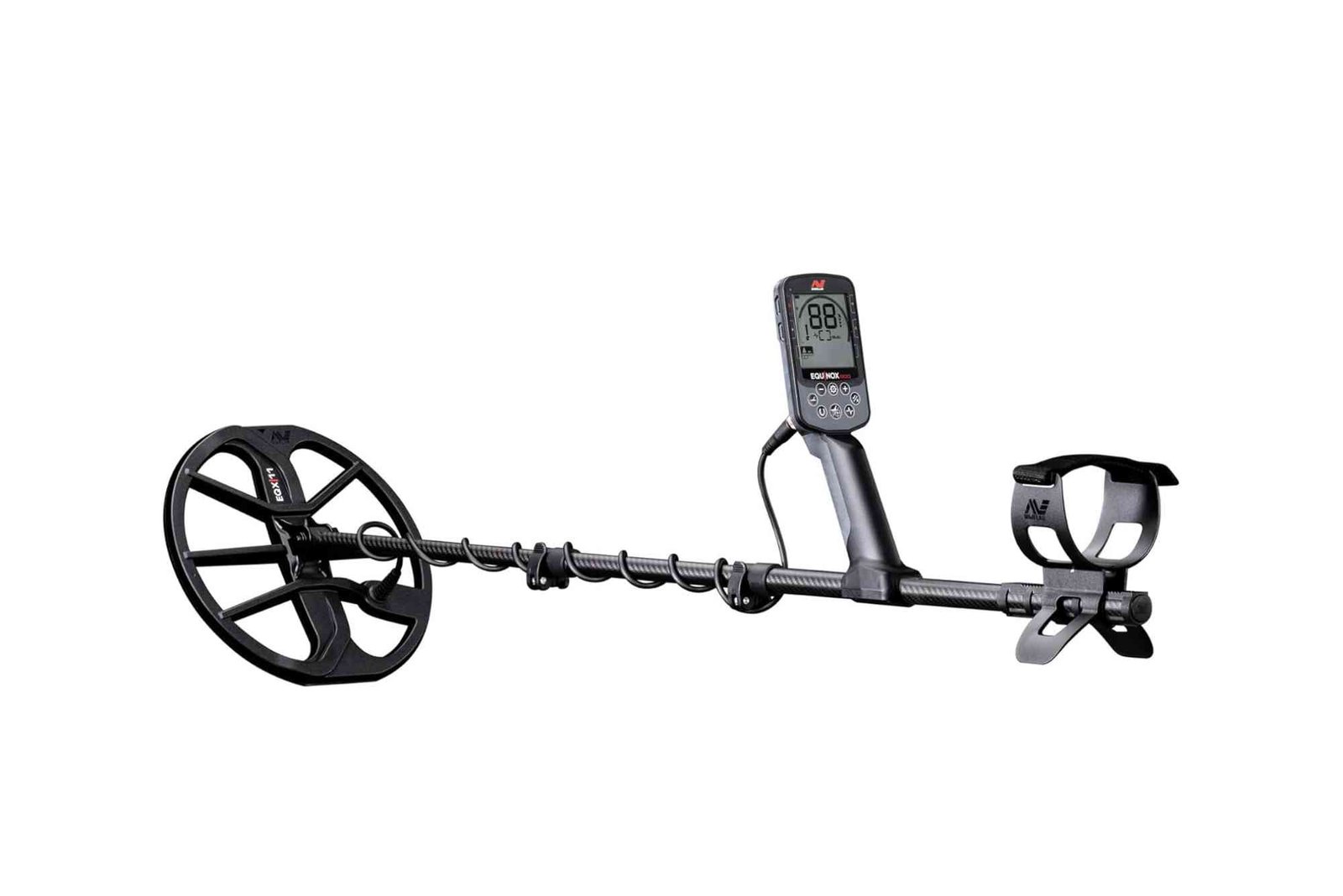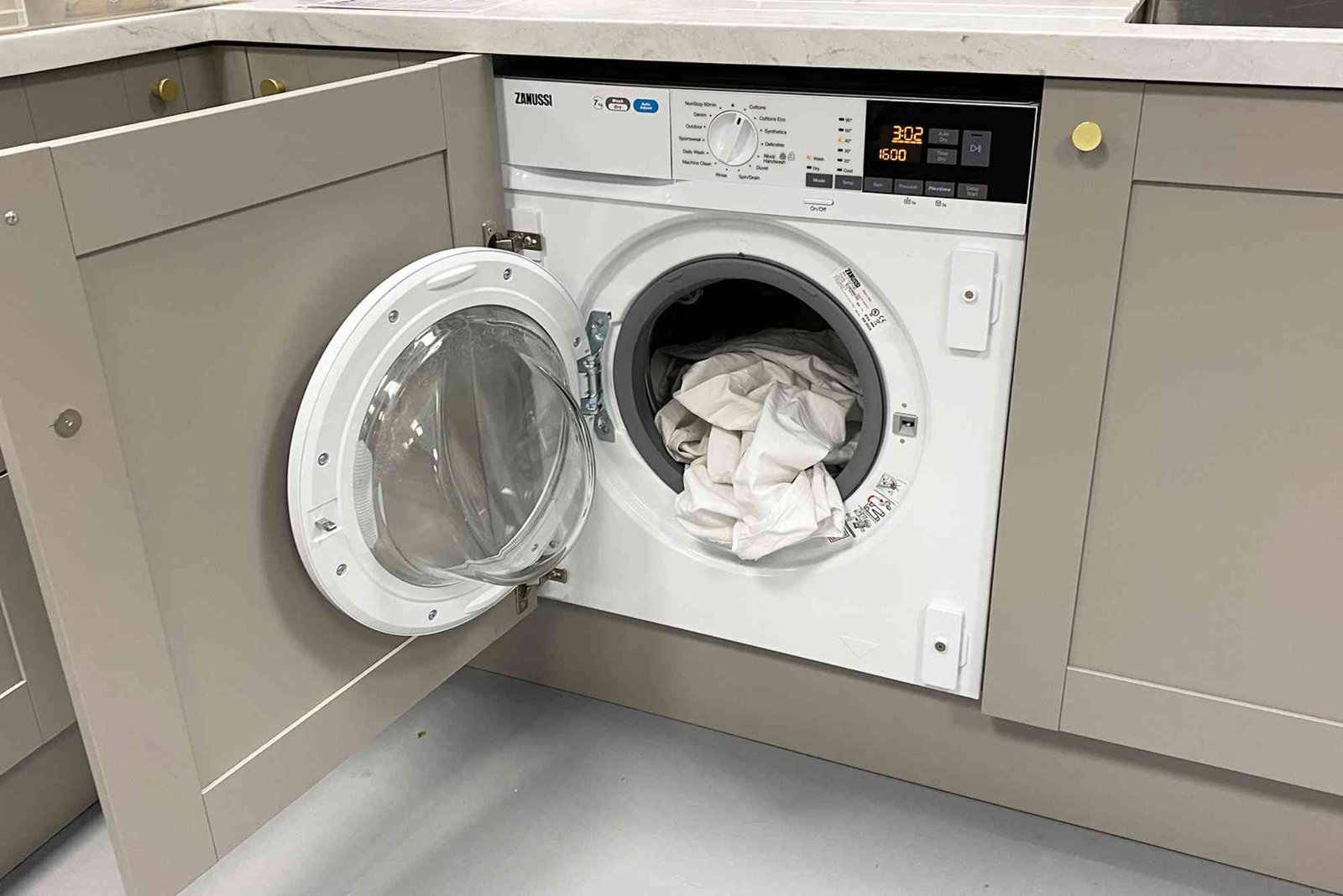Introduction
Metal detecting has become more than just a hobby — it’s a science of precision and technology. Whether you’re a treasure hunter, prospector, or hobbyist, understanding how different detectors work is crucial to choosing the right one. Among the most popular types are VLF (Very Low Frequency) and PI (Pulse Induction) metal detectors. While they may look similar, their internal mechanisms and field performance are remarkably different.
In this article, we’ll explore VLF vs PI metal detectors, explain how each operates, and discuss which type is best for specific conditions. By the end, you’ll know exactly which one to pick for your next adventure.
Understanding the Basics of Metal Detection
Before diving into how VLF and PI detectors differ, it helps to understand what all metal detectors have in common. Both types rely on electromagnetic fields to identify metal objects buried underground.
Every detector has three main components — a transmitter coil, a receiver coil, and a control box. The transmitter coil emits an electromagnetic field that penetrates the ground. When this field encounters a metal object, it induces an electric current known as an eddy current. The receiver coil then picks up the returning signal from this interaction, and the control box interprets it into visual or audio feedback.
This process sounds simple, but the way these signals are generated and processed is what separates VLF vs PI metal detectors.
How VLF Metal Detectors Work
VLF stands for Very Low Frequency, a term that refers to the consistent, continuous frequency signal these detectors emit. This type of detector uses two coils — one for transmitting and one for receiving.
The transmitter coil emits a constant electromagnetic field into the ground. When a metal object interrupts this field, the receiver coil picks up a phase shift — a change in the electromagnetic signal’s timing. The detector’s internal circuitry then analyzes the shift to determine the type and size of the metal.
Advantages of VLF Metal Detectors
VLF detectors are known for their high discrimination ability, meaning they can distinguish between different types of metals like gold, silver, or iron. This makes them ideal for hobbyists searching in urban or park environments, where trash metals can easily cause false signals.
They’re also energy-efficient, lightweight, and affordable, making them a perfect choice for beginners.
Limitations of VLF Technology
However, VLF detectors have one major drawback — ground mineralization interference. In areas rich in minerals, such as beaches or goldfields, the detector’s accuracy can decrease. The electromagnetic signals get distorted, making it difficult to distinguish valuable targets from mineralized soil.
For treasure hunters working in such environments, PI detectors offer a more reliable alternative.
How PI Metal Detectors Work
PI stands for Pulse Induction, a technology that operates on a completely different principle. Instead of emitting a continuous frequency like VLF detectors, PI detectors send rapid bursts or pulses of current through a single coil.
When each pulse stops, the magnetic field collapses, and a brief current (called a reflected pulse) is created. If a metal object is nearby, it causes a longer-lasting reflected signal. The detector measures the decay rate of these pulses to determine the presence of metal.
Advantages of PI Metal Detectors
PI detectors are powerful because they can ignore the effects of mineralization. They perform exceptionally well on saltwater beaches, in highly mineralized soils, and in deep detection scenarios.
This makes them a top choice for professional treasure hunters and gold prospectors. They can detect larger objects buried deeper than VLF detectors could ever reach.
Limitations of PI Technology
Despite their depth and accuracy in difficult terrains, PI detectors have one notable limitation — poor discrimination. They can detect metal, but they can’t easily differentiate between valuable targets and trash metals.
They are also typically more expensive and heavier than VLF models, requiring more experience and patience to master.
VLF vs PI Metal Detectors: The Key Differences
Understanding how VLF and PI metal detectors differ is essential before deciding which one to buy. The main difference lies in how they transmit and interpret electromagnetic signals.
VLF detectors rely on frequency shifts, whereas PI detectors analyze pulse decay. This core difference defines their strengths and weaknesses.
Frequency and Signal Transmission
VLF detectors emit a steady sine wave at a specific frequency. PI detectors, on the other hand, emit short pulses of energy that are measured individually.
Because of this, VLF models are sensitive to small, shallow objects, while PI models excel at finding larger items buried deep underground.
Discrimination Ability
If you want a detector that can tell coins from bottle caps, VLF is your best choice. It offers superior metal discrimination, helping you avoid junk targets.
PI detectors, however, treat all metals similarly. While this can be a disadvantage in urban areas, it becomes an advantage in raw terrain where you don’t want to miss any potential treasure.
Depth and Ground Performance
PI metal detectors can penetrate deeper and are less affected by mineralized soil, making them ideal for beach, desert, and underwater hunting.
VLF detectors, while accurate in clean soil, struggle in highly mineralized areas because the minerals can mimic metallic responses.
Price and Ease of Use
VLF models are generally more affordable and user-friendly. PI detectors tend to be pricier and more technical, catering to advanced users.
So, your choice between VLF vs PI depends on where and how you plan to use your detector.
Which One Should You Choose?
Choosing between a VLF and a PI metal detector depends on your detecting environment and experience level.
If you’re exploring parks, playgrounds, or urban locations filled with bottle caps, nails, and coins, a VLF detector is the smarter option. Its discrimination feature will help you focus on valuable finds.
However, if your goal is deep relic hunting, gold prospecting, or beach detecting, a PI detector is worth the investment. Its pulse-based detection can penetrate through sand, water, and mineral-rich soil with impressive accuracy.
For a detailed breakdown, you can also read this guide on How Do Vlf Metal Detectors Work Differently From Pi for more technical insights.
Practical Scenarios: VLF and PI in Action
Imagine two treasure hunters — one using a VLF detector in a city park and the other using a PI detector on a beach.
The park user quickly identifies coins, rings, and even old relics with accurate discrimination. Meanwhile, the beach hunter digs deep into wet sand, uncovering gold jewelry buried beyond the reach of most detectors.
Both succeed — but only because they used the right tool for their environment. That’s the real difference between VLF vs PI metal detectors in practice.
Common Myths About VLF and PI Metal Detectors
Some beginners assume that PI detectors are always better because they’re more advanced. That’s not entirely true. The best detector depends on your location and goal.
Another misconception is that VLF detectors can’t find gold. While PI models are preferred for gold prospecting, high-frequency VLF detectors can detect small gold nuggets in less mineralized areas.
So, don’t judge one as superior to the other — understand how each fits your purpose.
FAQs
What’s better for beginners — VLF or PI?
VLF detectors are ideal for beginners because they are easier to operate, lighter, and less expensive.
Can PI detectors detect small objects like coins or jewelry?
Yes, but PI detectors are better suited for large or deeply buried objects. They lack the fine discrimination of VLF models.
Are VLF detectors good for gold prospecting?
Yes, especially high-frequency VLF models. However, for highly mineralized goldfields, PI detectors perform better.
Which detector works best on the beach?
PI detectors handle saltwater and wet sand more effectively, making them perfect for beach hunts.
Do VLF detectors work underwater?
Some waterproof VLF models can work underwater, but PI detectors are more reliable for deep-sea detection.
When comparing VLF vs PI metal detectors, it’s clear that both technologies serve distinct purposes. VLF detectors excel in discrimination and cost-efficiency, while PI detectors dominate in depth and mineralized terrains.
Your decision should align with your environment, target type, and experience level. Beginners can start with a reliable VLF model, while advanced treasure hunters can upgrade to PI detectors for challenging terrains.
To explore more about metal detecting technologies, check out Related Metal Detectors article or Learn more about the latest gadget innovations.




